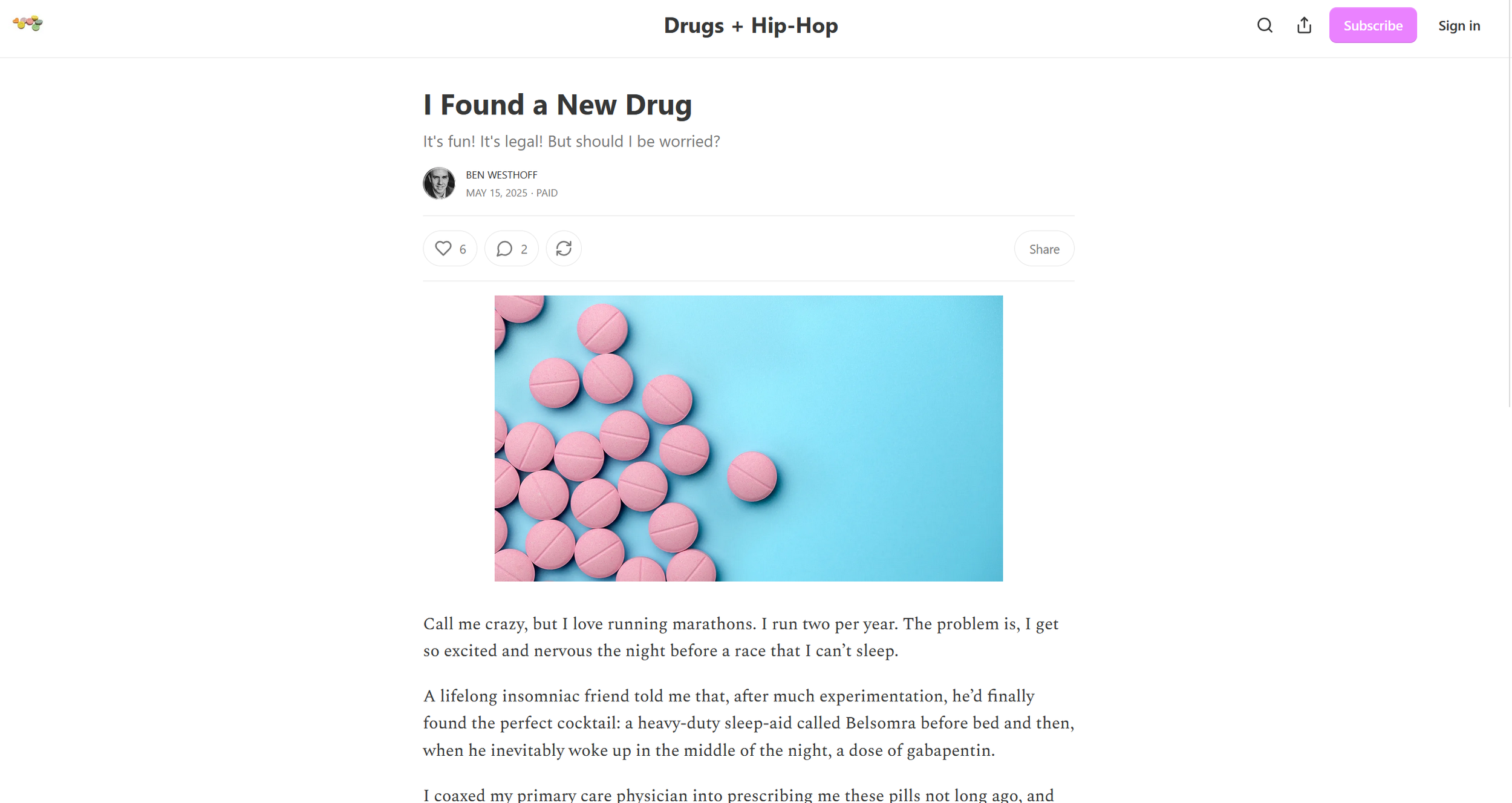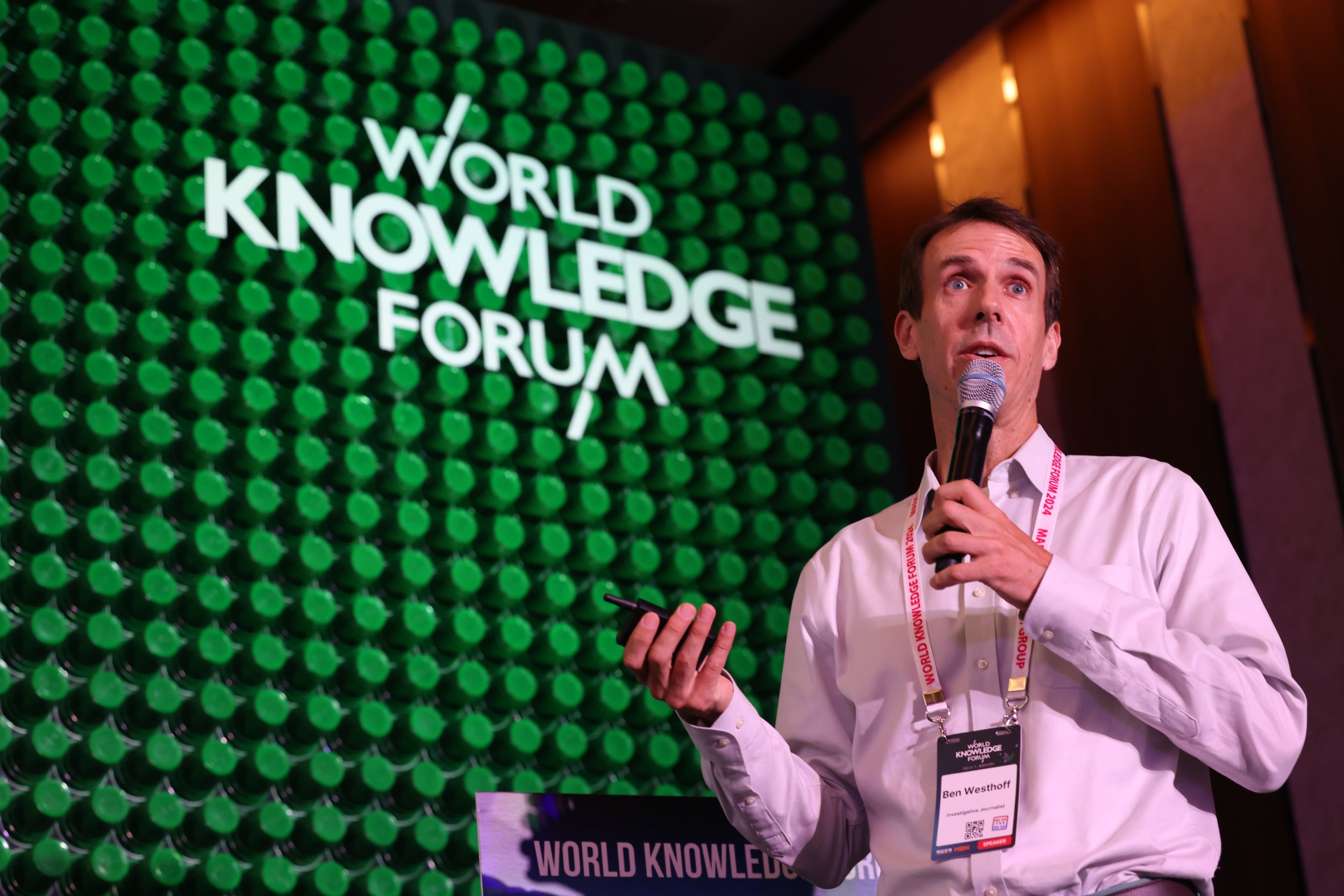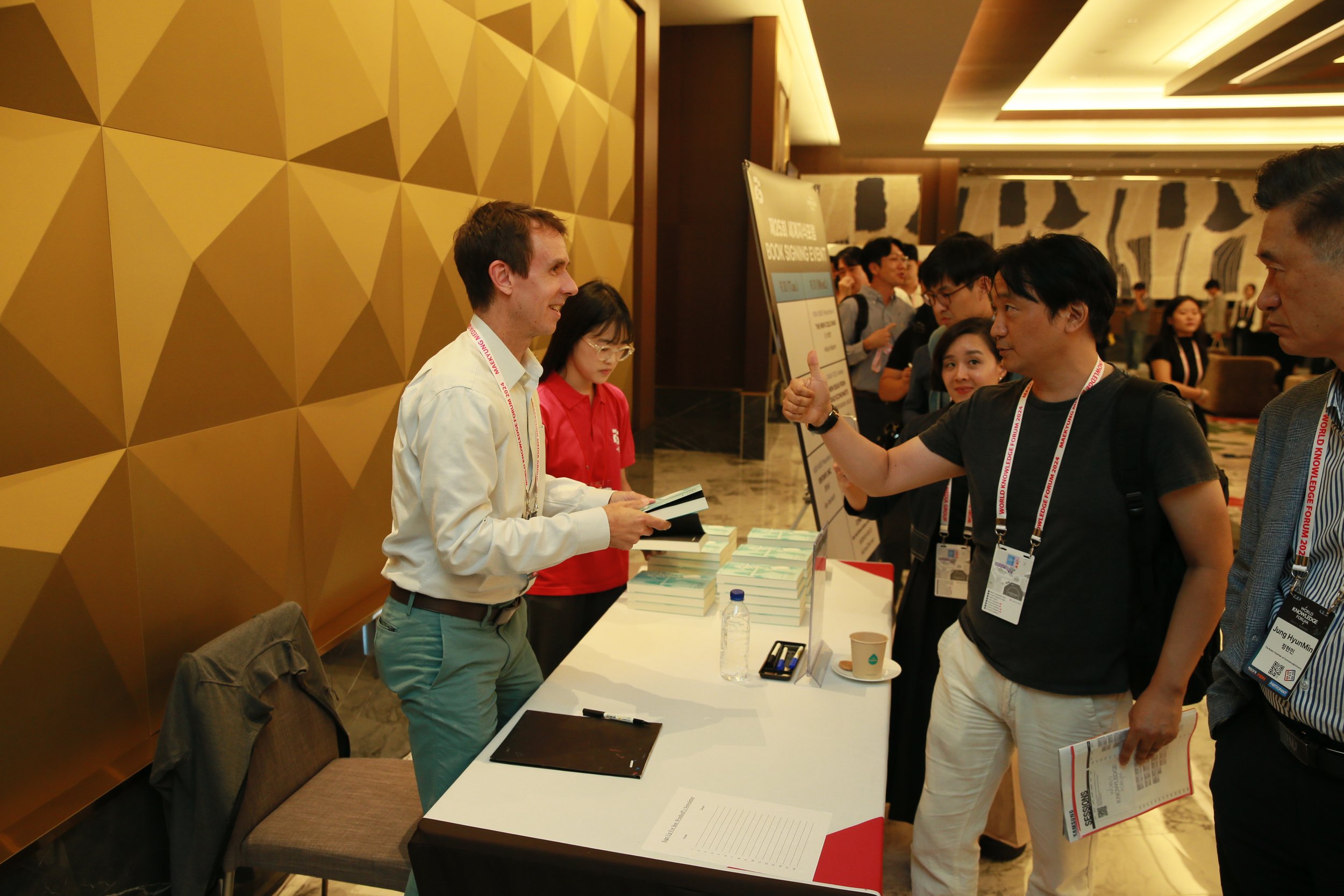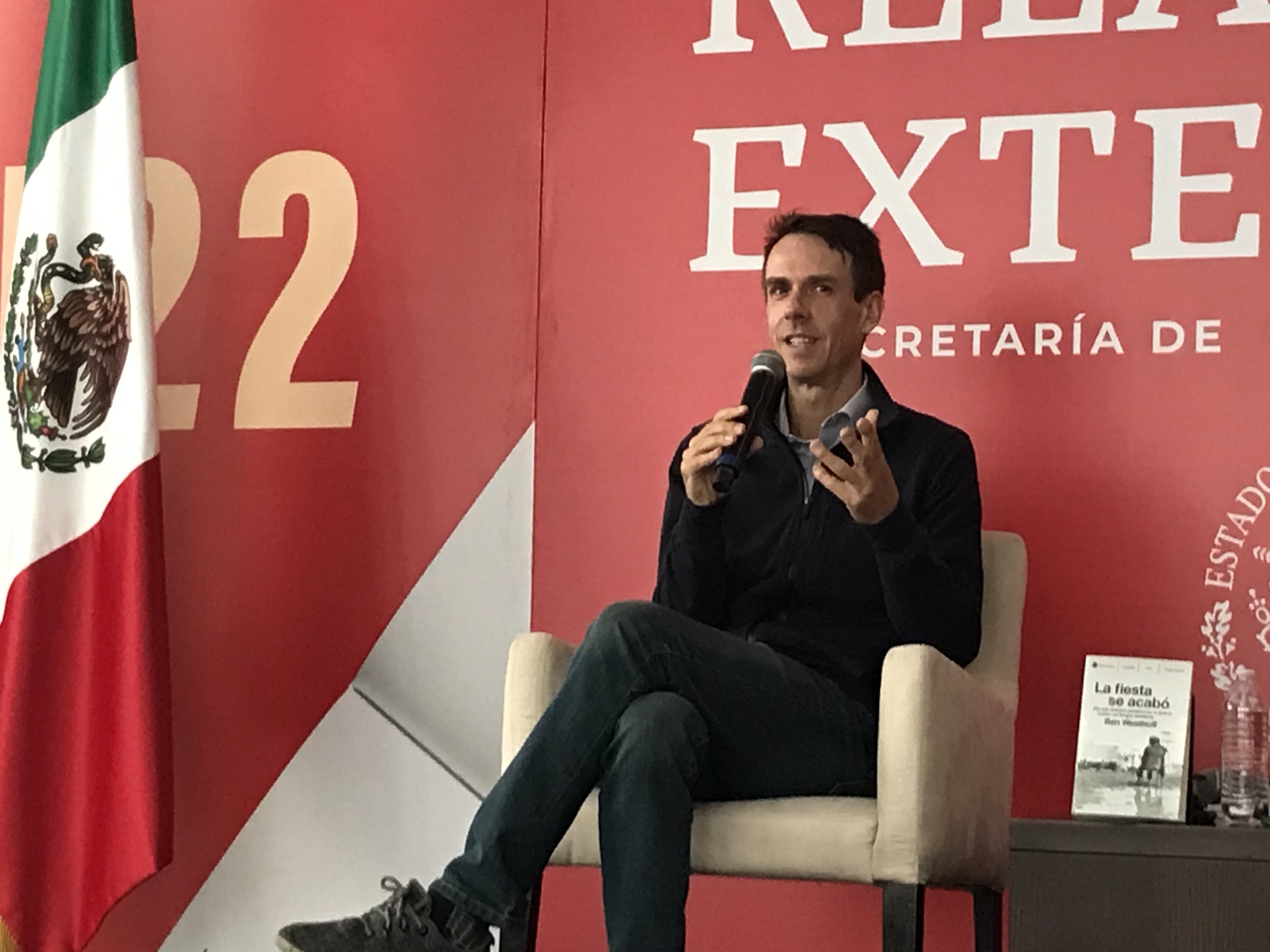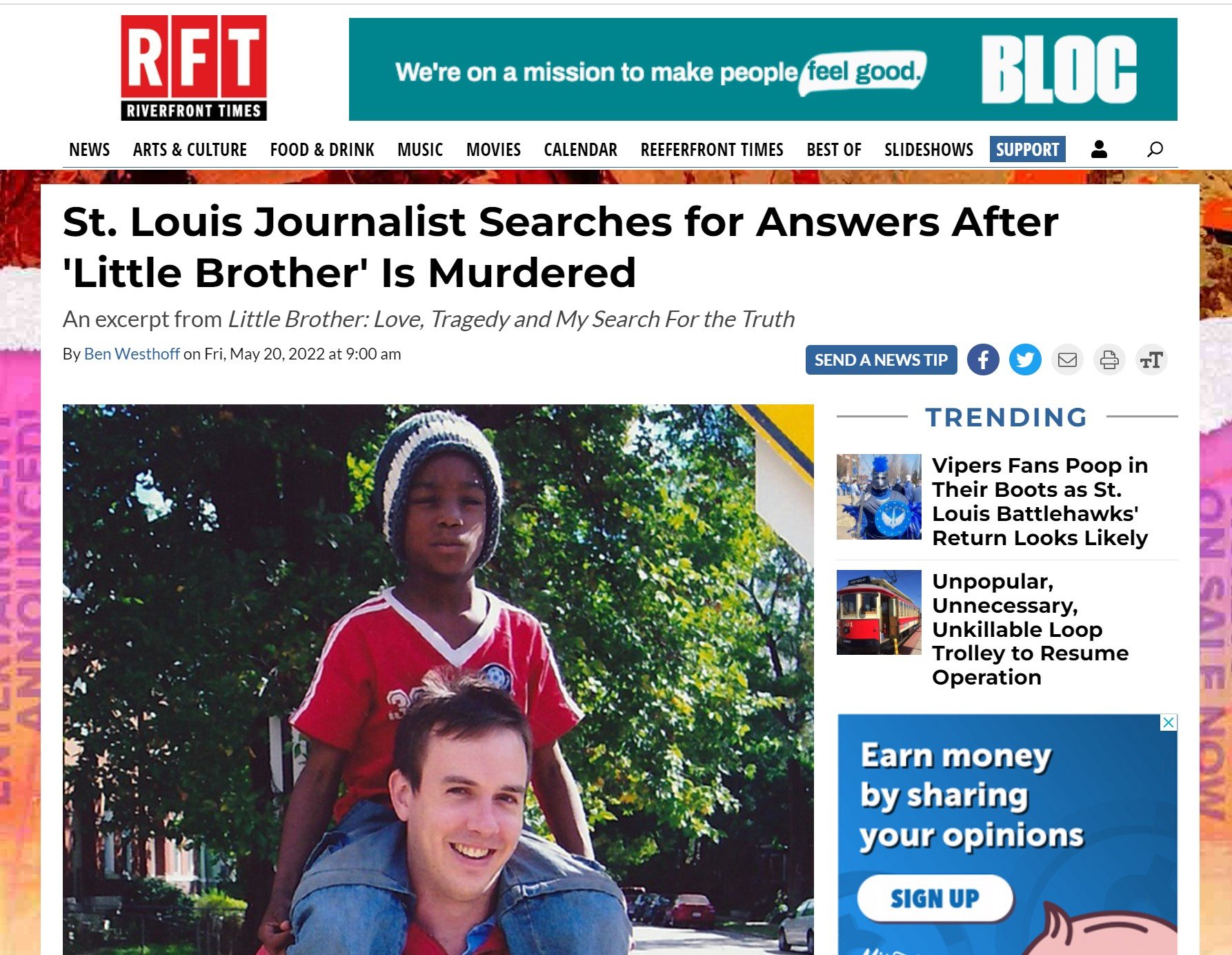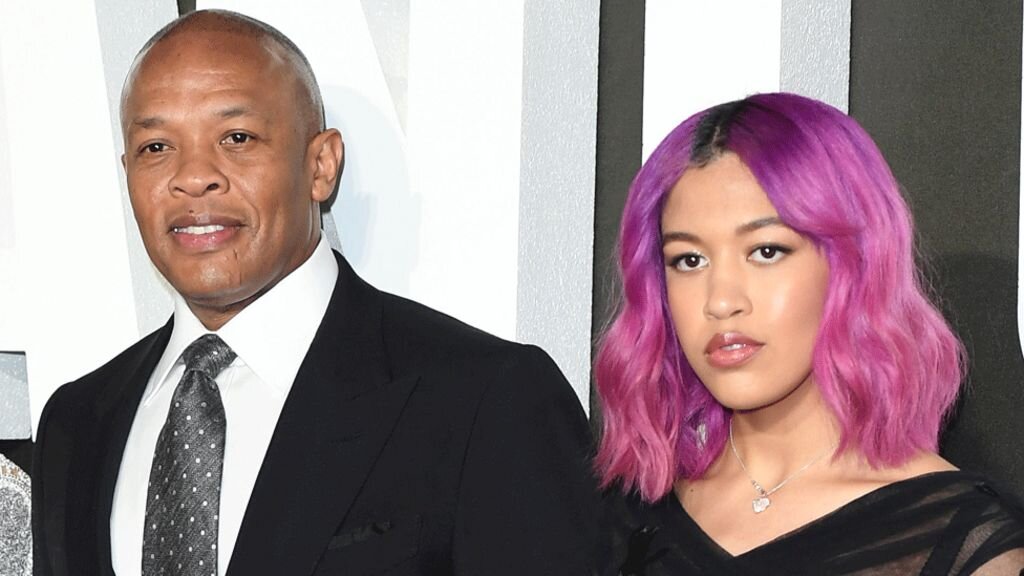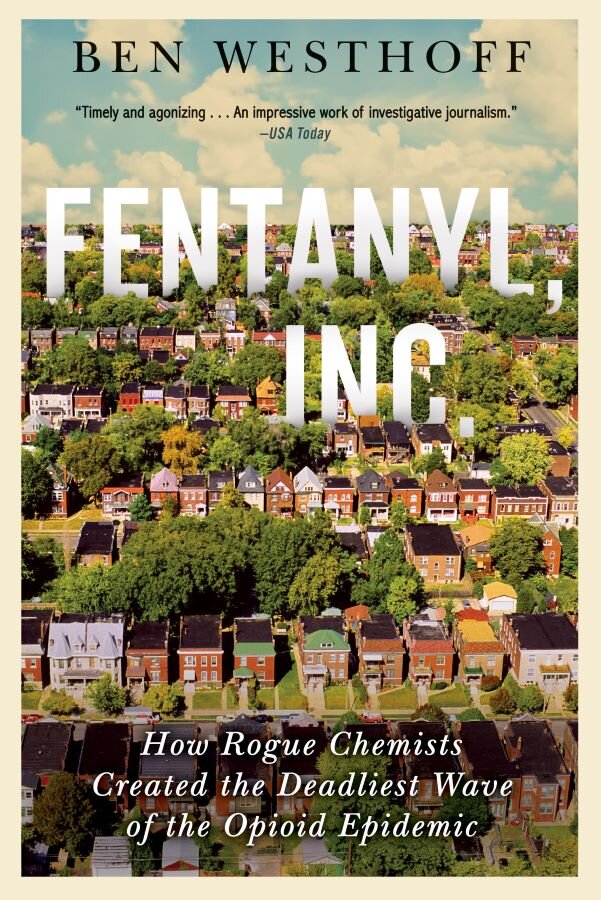This is an excerpt from Ben Westhoff’s award-winning book, Original Gangstas: The Untold Story of Dr. Dre, Eazy-E, Ice Cube, Tupac Shakur, and the Birth of West Coast Rap
Andre Young — who would later become known as Dr. Dre — fathered his first child with a woman named Cassandra Joy Greene. The boy, named Curtis, was born when Dre was 16, though he wouldn’t acknowledge Curtis until decades later.
Around the same time, Dre also began talking to a 14-year-old student named Lisa Johnson. Raised in South Central, Johnson more recently lived on the West side of L.A. Her dad was out of the picture and her brother had been killed in gang violence. Andre seduced her when she was in ninth grade, she said, but their relationship was controversial from the start. Johnson’s mother thought she was too young to be dating, so the pair ditched school to meet secretly.
“Then, one day, I received that phone call--the call that all moms of teenagers dread,” wrote Andre’s mother Verna Griffin in her memoir. Johnson was pregnant.
She started tenth grade at Fremont, but only lasted a couple of weeks. “I was pregnant and they didn’t want me on school campus,” she said. To make things worse, a rift developed between Johnson and her mother, who was furious at her daughter for the pregnancy. She threw Johnson out of the house.
It was January, 1983 when Johnson gave birth to their first daughter, La’Tanya. Johnson was 15 and Andre was 17. “He was a real proud father at the time,” Johnson said. Before long, however, Andre had gotten another young woman pregnant, named LaVetta Washington. Their girl Tyra was born in May, 1984. Johnson was furious. She, too, was pregnant again.
The birth of La’Toya in September, 1984 didn’t smooth things over. A few days before Christmas that year, according to a police document, he “hit me in the mouth and bust my lip” [sic] at Johnson’s mother’s house. Then one day in April 1985, Andre came calling to her aunt’s home in South Central, where she was then living. He had recently turned 20, and she was pregnant with their third daughter -- Andre’s fifth child. She said she didn’t want to see him anymore because he wasn’t paying child support, and he then knocked her down twice, states the document.
Johnson’s allegations against Andre were never ruled upon in court, because she did not file criminal charges. But her aunt helped her apply for a combined child support order and domestic violence restraining order, and on May 29, 1985, Judge Pro Tem Lee B. Ragins ordered Andre to stay at least 100 yards away from Johnson, and to pay $200 a month child support for each girl.
He ignored both directives, Johnson claimed. “He didn’t do any child support, and he did not stop contacting me,” she said, adding that he did not contribute financially to the kids’ upbringing until a court compelled him to do so in the ‘90s, long after he’d become a major star with N.W.A, and as a solo artist.
Young and Johnson would have another daughter together, named Ashley Young, born in November, 1985. Beyond Lisa Johnson, three other women would later accuse Andre of beating them, including a mother of one of his other children, Michel’le. (Dr. Dre declined comment.)
***
Michel’le is today thought of as a precursor to Mary J. Blige or Beyonce. Dr. Dre and DJ Yella co-produced her 1989 debut Michel’le. Her hit song “Something in My Heart” dealt with her and Dre’s actual relationship: Baby if we try / Things will get better / No one can tell me different.
The magic of her musical partnership with Dre didn’t always translate to real life. He began seeing J.J. Fad’s MC J.B. “I busted them in the bed together,” Michel’le said. (MC J.B. confirmed this account, adding that the two women have since “put this all behind us and we are cordial with each other.”)
Eventually Dre and J.B. broke off, and he and Michel’le became more serious. They got engaged – he gave her an eight carat rock -- though never married, and he fathered children with other women while they were together.
During a tour with MC Hammer in 1990 she found out she was pregnant, and bore Dre’s son, named Marcel, in early 1991. She stayed at home with Marcel, and her career slowed. “[Dre] didn’t want to see [Marcel], and he didn’t want to support him on the right level,” she said, adding that she was forced to take him to court for child support. Still he eventually made things right: “When my mom and my grandma died, he came into my son’s life. They have a good relationship.”
***
Two of Dre’s children would attempt to break into the industry as rappers. Dre first met his eldest son Curtis when the boy turned 21 (a paternity test confirmed the relationship), and he rapped as both Curtis Young and Hood Surgeon.
Dre hasn’t been particularly involved in his career, nor that of his daughter La’Toya Young, also known as Manaj. She complained loudly about this in her 2008, self-made documentary, Daddy’s Shadow, in which she tried unsuccessfully to confront him at his Sherman Oaks studio, and bemoaned that he hadn’t signed her or funded a label of her own.
At the end of the film she says that its production had so angered her father that he ceased paying her rent, at least temporarily. The viewer is left feeling sympathy for both perspectives; Manaj is a strong rapper, but Dre’s desire to see his daughter chart a more stable career path is understandable.
**
Nineteen ninety-six was the major turning point year in Andre Young’s life. He married his girlfriend Nicole Threatt, the ex-wife of Sedale Threatt, a Lakers star who was then winding down a career with five NBA teams. Nicole and Sedale had a boy named Tyler together, which Dre helped raise as his own. He and Nicole had two more children as well, including a son named Truice, and a daughter named Truly.
Nicole and Andre married in a small ceremony in front of the ocean at the Four Seasons in Maui. Before filing for divorce in June, 2020, they were together for more than two decades, with Nicole supporting him through the tragic 2008 death of his son Andre Young Jr., from an overdose of heroin and morphine.
All told, Andre Young has fathered at least ten children. He has faced paternity lawsuits, and has been forced to pay child support.
The story continues in Ben Westhoff’s award-winning book, Original Gangstas: The Untold Story of Dr. Dre, Eazy-E, Ice Cube, Tupac Shakur, and the Birth of West Coast Rap

